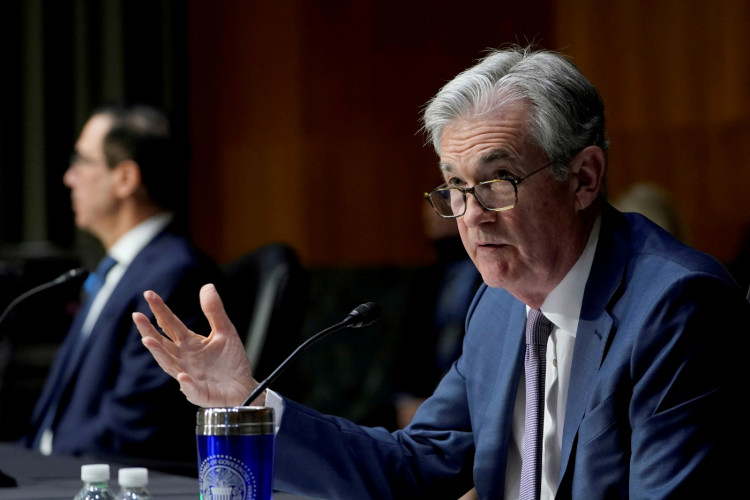In a surprising development that challenges the Federal Reserve's anticipated monetary policy, consumer prices in December increased more than expected, indicating persistent inflationary pressures in the U.S. economy. The Consumer Price Index (CPI) for December showed a 0.3% rise from the previous month, accelerating from November's 0.2% increase. This annual increase of 3.4% surpassed economists' forecast of 3.2%, based on Bloomberg data.
Core inflation, which excludes the volatile food and energy sectors, also experienced a slight decline to an annual rate of 3.9% from 4.0% in the previous month. However, this figure still exceeded the expected rate of 3.8%. On a month-to-month basis, core inflation remained unchanged at 0.3%.
Ellen Zentner, Morgan Stanley's chief U.S. economist, commented on the situation: "This print aligns with our view that disinflation ahead will be gradual with sticky services inflation." The data notably included a 6.2% annual increase in the shelter index, contributing significantly to overall price gains.
Amidst these developments, the inflation print remains a critical concern for investors, who have been speculating on the possibility of the Federal Reserve cutting interest rates. This expectation hinges on the belief that inflation will retreat to the Fed's 2% target without triggering an economic downturn. If realized, this scenario could signal the end of the central bank's rate-hiking campaign and initiate a reduction in borrowing costs for businesses and consumers.
Currently, market expectations lean towards a 69% chance of a Fed rate cut in March, as indicated by the CME FedWatch Tool. Stephen Juneau, U.S. economist at Bank of America, maintains a cautious stance: "I don't think it's enough to delay cuts. We're looking for a March cut to kick off the cutting cycle. This keeps the door open; it definitely doesn't slam it shut."
However, the Federal Reserve's officials have adopted a more measured approach. Fed Governor Michelle Bowman recently stated that while rate cuts may be necessary if inflation continues to fall, "we are not yet at that point." Similarly, Atlanta Fed President Raphael Bostic remarked, "We are in a restrictive stance, and I'm comfortable with that. I just want to see the economy continue to evolve with us in that stance and hopefully see inflation continue to get to our 2% level."
These nuanced views from Fed officials reflect a reluctance to commit to an easing monetary policy prematurely. The inflation readings cover the same period during which the Federal Reserve held its key borrowing rate steady for the third consecutive meeting, with hints of potential rate cuts later in the year if inflation data remains cooperative.
Despite the higher-than-expected inflation figures, futures traders continue to anticipate a strong possibility of a Fed rate cut in March. However, there exists a divide between market expectations and Fed projections regarding the timing and extent of rate cuts in 2024.
Seema Shah, Chief Global Strategist at Principal Asset Management, provided insight: "These are not bad numbers, but they do show that disinflation progress is still slow and unlikely to be a straight line down to 2%." Shah also noted that as long as shelter inflation remains elevated, the Fed will likely resist the idea of imminent rate cuts.
This economic backdrop, marked by a resilient job market and ongoing consumer spending, despite rising debt and shrinking savings, adds complexity to the Federal Reserve's decision-making process. With inflationary pressures persisting, the central bank faces the challenge of navigating a cautious path towards achieving its inflation target while fostering economic stability.






